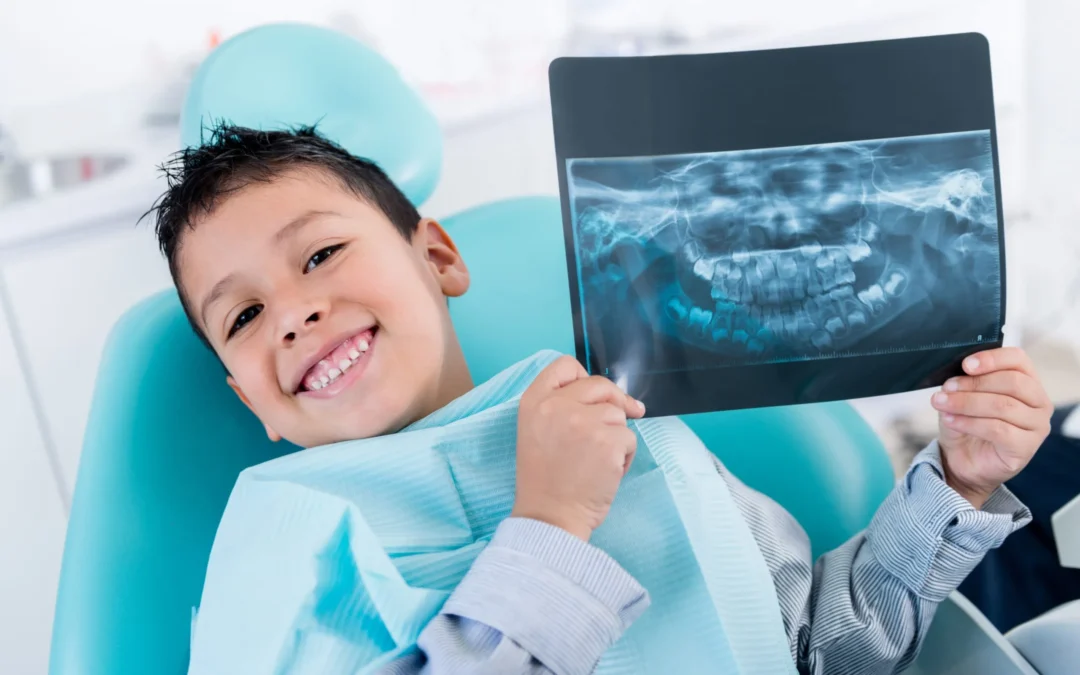Dental X-rays are indispensable tools in pediatric dentistry, aiding in the diagnosis, treatment, and prevention of oral health issues in children. While these imaging techniques provide valuable insights, there’s paramount importance placed on ensuring their safety and efficacy, particularly in the vulnerable population of pediatric patients.
With advancements in technology and stringent guidelines, pediatric dental X-rays can be conducted with minimal risk and maximum benefit. For this, it is important to visit one of the best and most experienced Windermere pediatrics in Orlando.
Importance of Pediatric Dental X-rays:
Pediatric dental X-rays play a crucial role in diagnosing dental problems that may not be visible during a visual examination alone. Children’s teeth and jaws are continually developing, making it essential to monitor their oral health closely. X-rays help dentists detect cavities, assess the development of teeth, evaluate the presence of impacted teeth, and identify any abnormalities in the oral structure at an early stage.
Timely detection enables prompt intervention, preventing the progression of dental issues and reducing the need for invasive treatments.
Safety Measures:
Ensuring the safety of pediatric patients during dental X-rays is of utmost priority for dental practitioners. Several measures are implemented to minimize radiation exposure while obtaining high-quality images:
Use of Protective Equipment: Lead aprons, thyroid collars, and protective shields are routinely utilized to shield sensitive areas of a child’s body from radiation. Proper placement of these protective devices ensures that only the area of interest is exposed to X-rays, minimizing unnecessary radiation exposure.
Pediatric-specific Settings: Modern dental X-ray machines are equipped with settings tailored for pediatric patients. These settings adjust the radiation dose based on the child’s size and age, further reducing exposure without compromising image quality.
Digital Radiography: Digital X-ray technology has revolutionized pediatric dental imaging by significantly reducing radiation exposure compared to traditional film-based X-rays. Digital sensors are more sensitive to X-rays, requiring shorter exposure times and consequently lowering the radiation dose absorbed by the patient.
Proper Technique and Positioning: Skillful technique and precise positioning are essential for obtaining clear and accurate X-ray images while minimizing retakes. Dental professionals undergo specialized training to ensure optimal positioning of the X-ray equipment and the patient, thereby reducing the need for repeated exposures.
Justification and Optimization: Dentists adhere to the ALARA (As Low As Reasonably Achievable) principle when prescribing X-rays for pediatric patients. Each X-ray examination is justified based on the clinical need, and efforts are made to optimize the imaging process to obtain diagnostic images with the lowest possible radiation dose.
Educating Parents:
Parents play a vital role in the decision-making process regarding their child’s dental care, including the necessity of X-ray examinations. Dental practitioners should effectively communicate with parents, explaining the benefits of dental X-rays in diagnosing and preventing oral health problems.
Additionally, addressing parents’ concerns about radiation exposure and reassuring them of the safety measures in place can alleviate anxiety and foster trust in the dental care provided to their children.
Pediatric dental X-rays are invaluable tools for maintaining the oral health of children, enabling early detection and intervention in dental issues. By adhering to strict safety protocols, utilizing advanced technology, and educating both parents and patients, dental practitioners can ensure that pediatric X-ray imaging is conducted safely and effectively.
Through a collaborative effort between dental professionals and parents, the goal of optimizing oral health outcomes for children can be achieved while minimizing radiation exposure risks.
